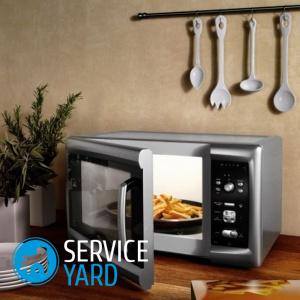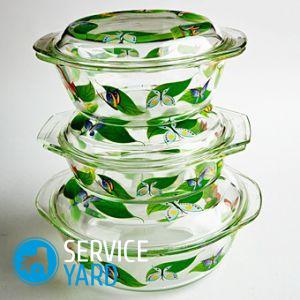Microwave Oven - Which is Better?
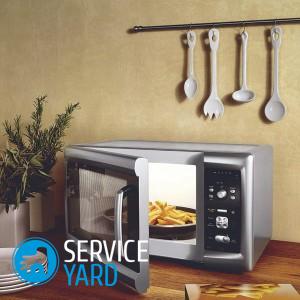
The microwave oven is now firmly established in many kitchens. Modern microwave ovens are significantly different from their predecessors, produced some ten years ago. Every year, manufacturers equip this useful unit with all sorts of innovations that allow you to cook gourmet dishes faster and more efficiently, as well as easily keep the device clean. While many consumers know first hand the usefulness and necessity of a functional device, the internal coating of a microwave oven, which is better for operating the device, is familiar to few. Today we will consider the types of different coatings and dwell on their advantages and disadvantages, because this is a very important point on which not only the quality of the cooked food depends, but also the durability and ease of care for the device.
to contents ↑Types of microwave oven internal coatings
If earlier all multifunction devices were equipped with simple enameled cameras or a stainless steel working surface, today many manufacturers use their own coating for the inner walls of the chamber. At the moment, there are several types of coating for the working chamber of a microwave oven:
- Heat resistant enamel. This is an inexpensive material that makes it easy to keep the device clean because the walls are smooth and even.
- Stainless steel. A beautiful and durable coating that can withstand any temperature. However, caring for such material is extremely difficult.
- Bioceramics. The safest inner health coating for human health.
- Acrylic. This material is readily used in inexpensive microwave ovens with power from 500 to 1400 watts. For operation at high power this coating is not designed.
Depending on the type of internal working chamber, the price of the device depends, so it is so important to understand what advantages and disadvantages each material has.
to contents ↑Enamelled steel (heat-resistant enamel)
Particularly durable enamel is used to cover the inner surface of the microwave oven chamber for a long time, but, despite this, this material is the most popular.
Important! Microwave ovens with enamelled chambers are the most inexpensive - the entire budget segment of furnaces is equipped with just such a coating.
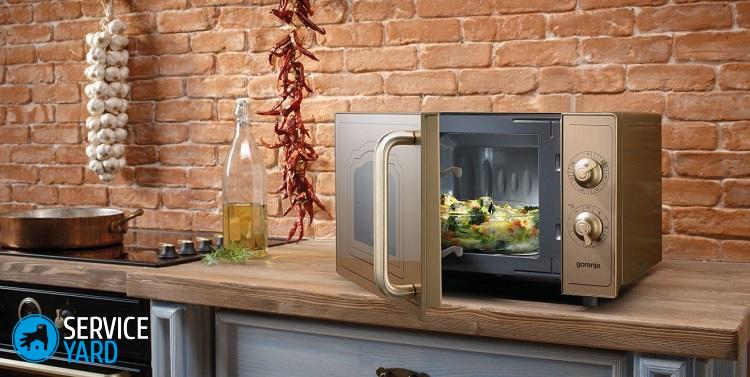
Advantages of heat resistant enamel:
- Simple care. A smooth pore-free surface facilitates the cleaning process of the inner walls of the chamber.
- It withstands temperature extremes. However, prolonged heat is harmful to the coating.
- Low price.
Cons of enameled work surface:
- Relatively short life. Over time, the enamel loses its color and hardness, and under the influence of steam and fat it becomes very dirty, loses its attractiveness and smoothness.
- It does not tolerate prolonged exposure to high temperatures. Prolonged too high temperature can be a difficult test for enamel. Therefore, such a coating is practically not used in microwave ovens with grill and convention.
- Scratches easily, so do not use abrasive cleaners on the camera.
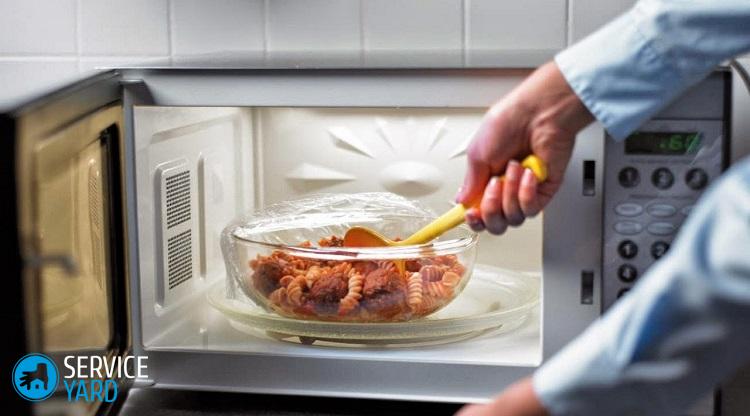
Advice:
- Make sure that moisture does not get to the bottom of the working chamber, because in this place the enamel is constantly exposed to physical effects from the rollers and quickly erased to metal. If moisture gets on the metal, rust will form over time.
- Please note that on some microwave oven models, the walls may be painted enamel. Such a cheap coating will not be able to withstand high temperatures and long cooking modes.
Important! So that the appliance does not become unusable and lasts for many years, and the food was delicious, use only containers that are suitable for this. A separate review on our website will help you choose the right one.special utensils for microwave.
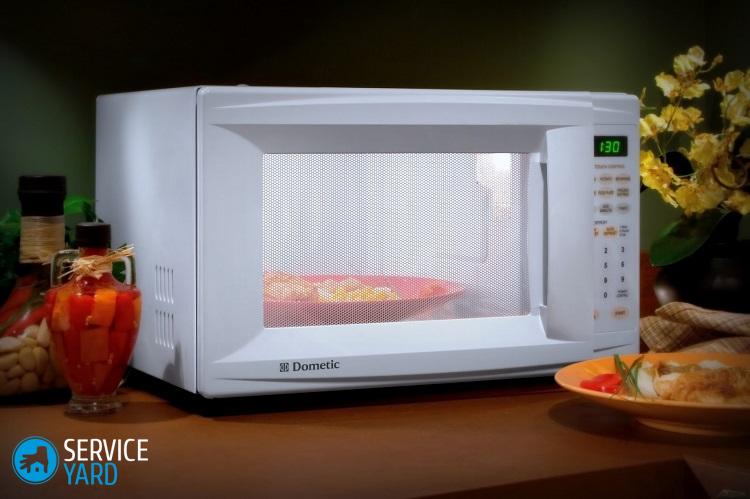
Stainless steel
The stainless steel can withstand even the hottest temperature conditions present in the microwave oven, so this material is used in convection devices.
pros
Stainless steel coating has its advantages:
- Great look.
- Strength. Even if the stainless steel of the cooking chamber fades over time, it will still not lose its strength.
- Reliability.
- Durability.
- Resistance to mechanical influences.
- It withstands temperature extremes and prolonged heat.
- Can be cleaned with abrasive household products.
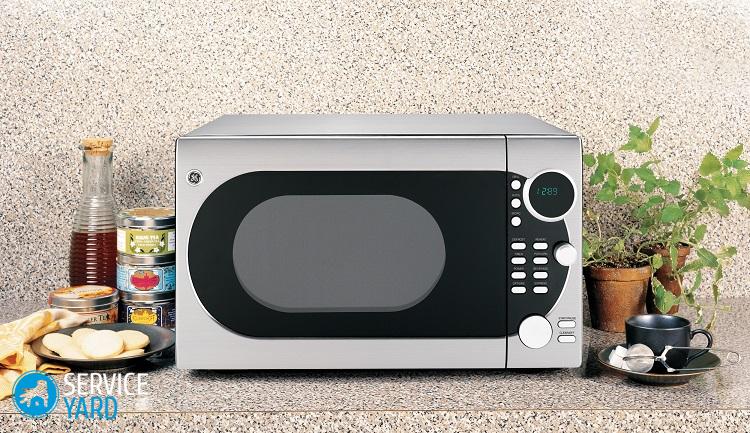
Minuses
The disadvantages of stainless steel include:
- The difficulty of leaving. Keeping a stainless steel clean is quite difficult. Sometimes you can get rid of stains, sagging and stains with great difficulty.
- Relatively high cost.
Important! To ensure that the device meets the necessary requirements, before purchasing a new household appliance, review ourrating of the best models of microwave ovens.
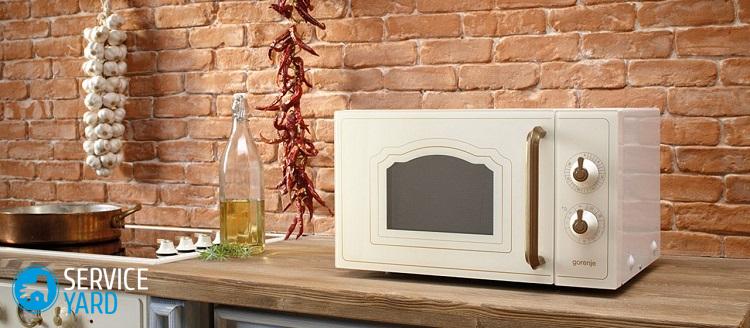
Special (bioceramic, antibacterial) coating
Which microwave coating is better? Microwave ovens with special bioceramics are the most expensive.
Important! LG equips its devices with an antibacterial inner coating. The special compound is baked at high temperature, due to which it has a perfectly smooth, smooth surface.
pros
Such an inner surface of the chamber has a lot of advantages:
- Strength.
- Smoothness.
- Resistance to mechanical influences. The material is difficult to scratch.
- High carbon resistance.
- Perfectly preserves the nutrients and vitamins of products.
- Low thermal conductivity. The special material allows you to store more heat in the furnace, due to the fact that the thermal conductivity of the chamber is 2-4 times less than that of stainless steel counterparts.
- Profitability. A furnace with a special internal coating consumes less energy than its counterparts.
- Simple care - due to the fact that the ceramic coating is even and perfectly smooth, the fat on it practically does not linger, and, if necessary, is easily washed off with a rag.
- Dishes prepared in a ceramic chamber retain more vitamins C and E.
- Safety for human health.
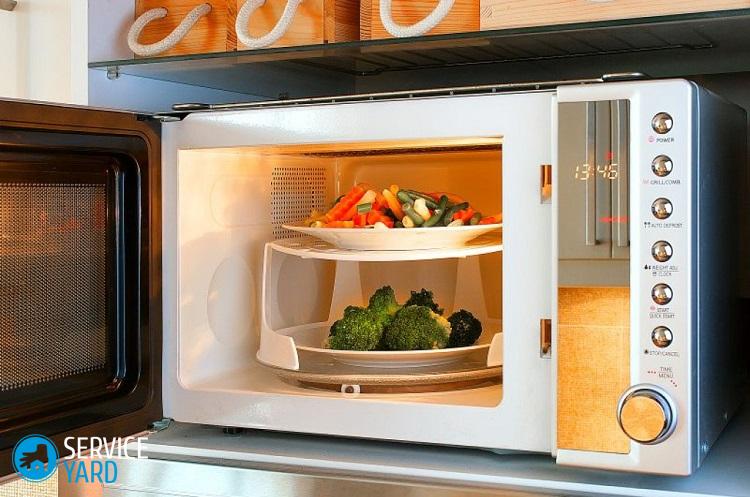
Minuses:
- Fragility. From overheating or shock, microcracks and chips may form on the surface. Ceramics are practically not used in models with conventions, since such a coating is very sensitive to high temperatures.
- High price.
Acrylic
Acrylic is inferior in popularity to all previous materials.
Important! In microwave ovens with acrylic cameras, it is good to warm up, defrost food and prepare simple dishes. Acrylic is not designed to work with higher capacities.
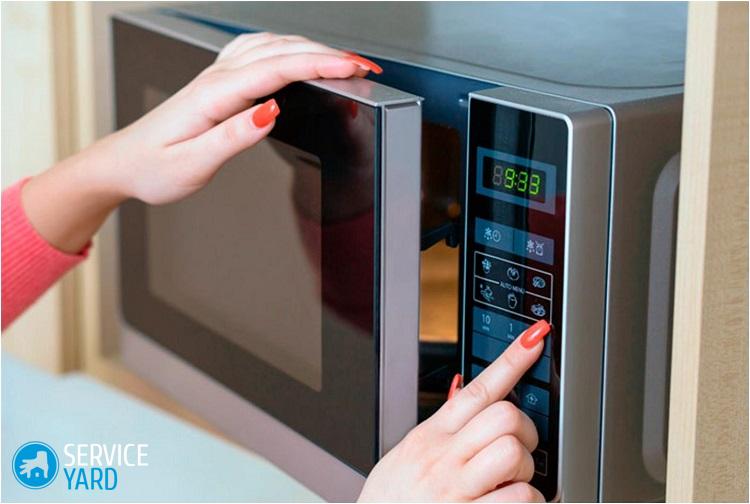
findings
So, finally, decide the inside of the microwave - which is better? If you take into account all the pros and cons of different materials, then you can make the following rating:
- Bioceramics.
- Stainless steel.
- Heat resistant enamel.
- Acrylic.
Important! But when buying a model of an SV furnace with modes in which high temperatures are inherent, stainless steel should be preferred, since ceramics can crack under the influence of such temperatures.
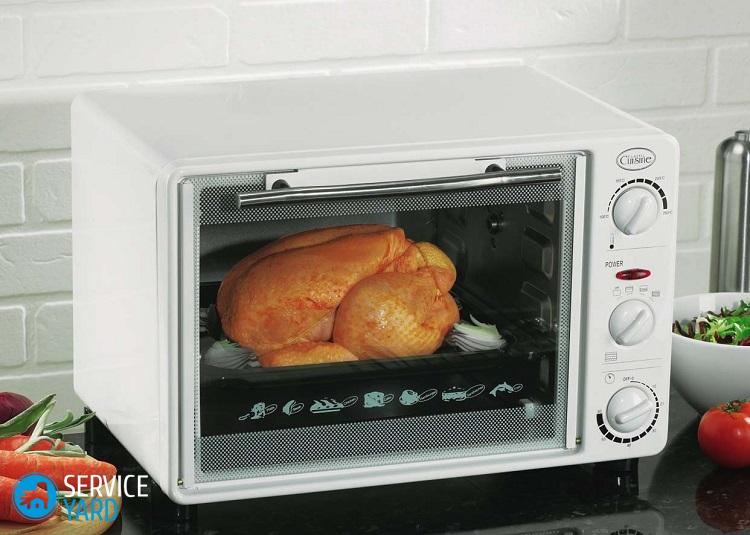
Helpful hints:
- Clean the microwave only with special detergents designed to care for it.
- Abrasive products can only be used for stainless steel coatings.
- If the chamber is too dirty, put a glass (another container) with water and lemon juice in it, boil the composition for 1 minute. Grease and dirt become sap and wash off easily with a rag.
to contents ↑Important! A variety of delicious dishes can be prepared using the microwave. Check out our article on the link with the best recipes for microwave.
Stock footage
An economical miracle device can sometimes replace an electric stove and oven in the kitchen, while taking up very little space. When buying this functional device, pay special attention to the material of its internal walls, since not only the taste of the prepared dishes depends on this, but also the service life of the oven itself!




